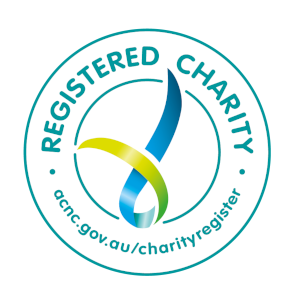- Hits: 14071
As the weather cools down, try out this new version of Hot Chocolate! It is adapted from a recipe for chocolate peanut butter sauce, developed by Nigella Lawson and included in the recipe book A Girl Called Jack by Jack Monroe.
- Hits: 31466
Sport and participation in physical activity are ingrained into Australian culture. Every Australian, regardless of gender, background or ability, should be able to participate in sport if they wish.
- Hits: 10972
Providers of Australian Government-subsidised aged care services can access free sign language interpreting services to support clients who are deaf, deafblind, or hard of hearing.
- Hits: 14016
What we consider as digital or virtual tourism has been as a support to the tourist industry and tourism exposure. Used mainly in the promotion of a destination or experience, designed to engage a consumer in the planning stages and commit them to travel, but not anymore.
- Hits: 12180
An inquiry will be held into the NDIS Quality and Safeguards Commission, looking closely at how it operates.
- Hits: 22335
Whole cauliflowers can be bought for only a few dollars, so they make a perfectly healthy and cheap meal or side dish. Cauliflower can be an amazing accompaniment to so many meals, or even on its own with a tasty sauce and crusty bread.
- Hits: 9260
More reasons to tune in to the TV with both SBS and the ABC rolling out audio description services. Advocates have fought long and hard to bring access and inclusion for people who are blind or have low vision to broadcast television for decades.
- Hits: 36594
For safety, comfort or adaptive living, there are many reasons why people want to make changes to their home. Often the uncertainty of how to or whether they’re allowed to make these changes stops them from progressing forward. This article will help to explain the different steps to take when home modifications are being considered.
- Hits: 27165
We know it seems like we only just sent our kids back to school, and the holidays are here AGAIN. Our IDEAS team have contributed to help get you through, from what we do with our own youngsters, to online opportunities, we pull together some new boredom busters for Winter 2020.
- Hits: 26040
Our Community Engagement Leader Angela Van Dan Berg takes a closer look at the role of Local Area Coordinators (LAC) as changes are about to take place in NSW.
Page 30 of 49












